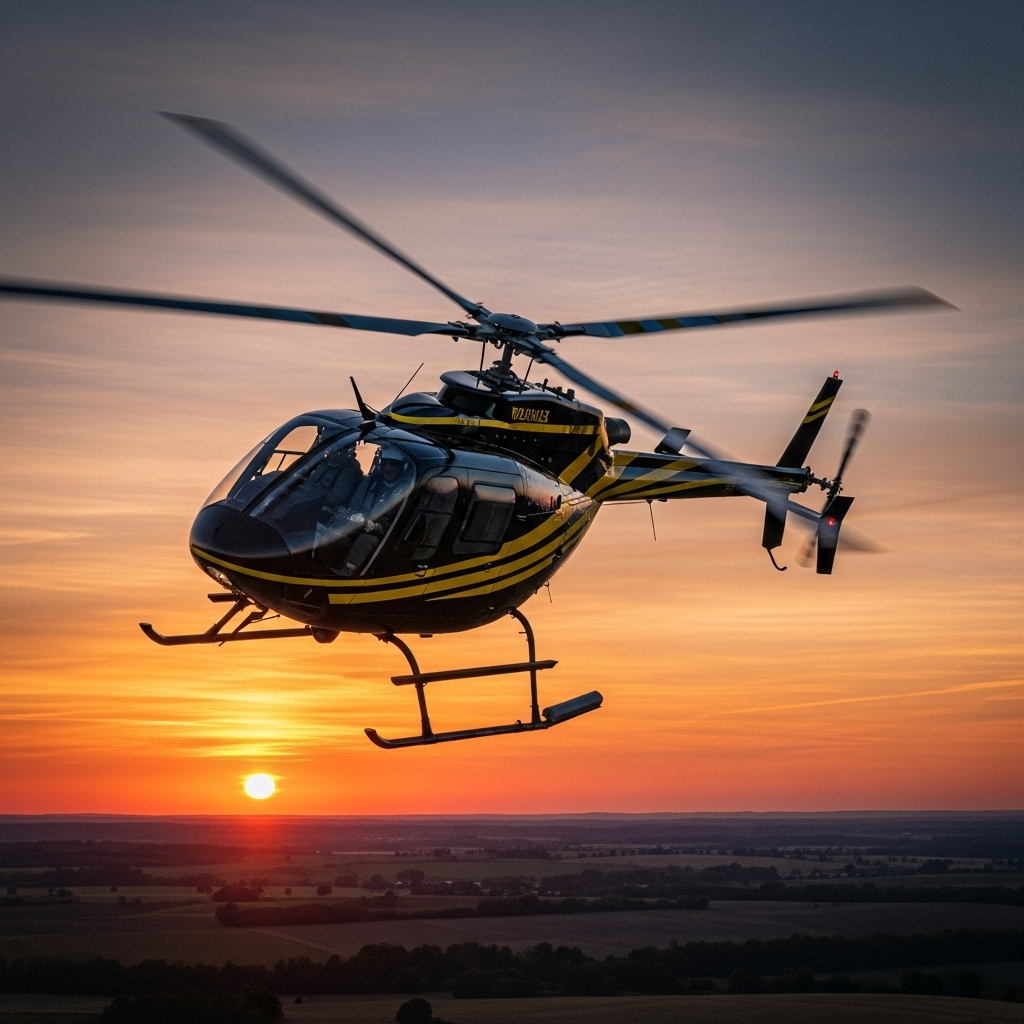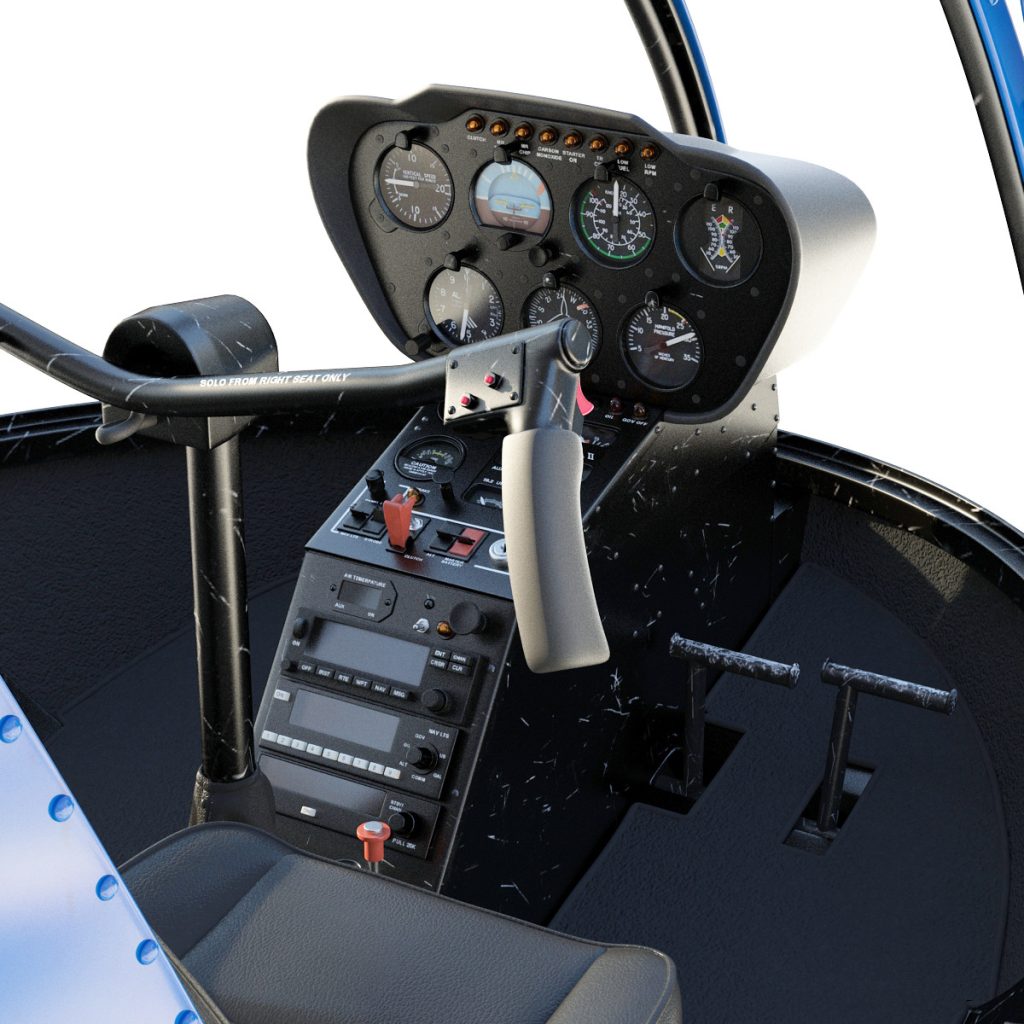Mountain flying presents a distinctive set of opportunities and challenges for helicopter pilots. The rugged terrain, variable weather, and high-altitude conditions demand specialized skills and meticulous planning. Understanding the intricacies of operating in mountainous environments is essential for ensuring safety and efficiency. This article explores the unique environment of mountain terrain for helicopter pilots, the key challenges encountered, essential techniques for safe operations, and strategies for managing adverse weather conditions.
The Unique Environment of Mountainous Terrain for Helicopter Pilots
Mountainous terrain offers a dramatically different environment compared to flatlands, characterized by steep slopes, narrow valleys, and unpredictable atmospheric conditions. The terrain significantly influences helicopter performance, with thin air at high altitudes reducing engine power and lift capabilities. The rugged landscape also introduces complex wind patterns, such as rotor winds and turbulence caused by terrain features. Visibility can vary rapidly due to cloud cover, fog, or snow, further complicating navigation. Pilots must be familiar with the topography and local environmental factors to navigate safely and efficiently through these challenging landscapes.
Key Challenges Faced During Mountain Flying Operations
Operating helicopters in mountainous regions involves numerous challenges, including rapidly changing weather, altitude-related performance issues, and limited emergency landing options. High-altitude conditions can impair engine and rotor performance, requiring precise power management. Turbulence and rotor winds—strong, unpredictable air currents generated by terrain—pose significant hazards, increasing the risk of loss of control. Additionally, the narrow valleys and limited flat terrain restrict emergency landing sites, demanding meticulous route planning and situational awareness. The risk of sudden weather deterioration, such as storms or fog, can further complicate operations, making mountain flying inherently demanding and requiring heightened vigilance.
Essential Techniques for Safe and Effective Mountain Helicopter Flights
To navigate the complexities of mountain flying safely, pilots employ several specialized techniques. Maintaining a high level of situational awareness and continuously monitoring weather conditions are vital. Pilots often use reduced airspeed to enhance control and reaction time in turbulent conditions and prefer flying at higher altitudes to avoid rotor turbulence in valleys. Precise navigation using topographical references and GPS aids ensures accurate positioning in rugged terrain. Additionally, understanding helicopter performance limitations at high altitude is crucial, which involves adjusting flight plans accordingly. Proper weight management and fuel planning are also essential to accommodate the increased energy demands of mountain operations. These techniques collectively contribute to safer and more efficient mountain helicopter flights.
Preparing for and Managing Adverse Weather Conditions in Mountains
Adverse weather is a constant concern in mountain flying, requiring thorough preparation and proactive management. Pilots should always check detailed weather forecasts before departure, paying close attention to mountain-specific phenomena such as wind shear, turbulence, and rapidly changing visibility. In-flight, pilots must be vigilant for signs of deteriorating weather, such as cloud formation or sudden wind shifts, and be prepared to alter course or altitude accordingly. Utilizing onboard weather radar and communication with ground support can provide real-time updates and guidance. Developing contingency plans, including alternative routes and emergency procedures, is essential for safety. Ultimately, cautious decision-making, continuous weather monitoring, and flexibility are key to successfully managing adverse conditions in the challenging mountain environment.
Mastering mountain flying in helicopters requires a combination of technical skill, environmental awareness, and diligent preparation. The unique challenges posed by rugged terrain and unpredictable weather demand specialized techniques and a disciplined approach. By understanding the environment, recognizing potential hazards, and employing effective strategies, pilots can navigate these majestic yet demanding landscapes safely and effectively.


